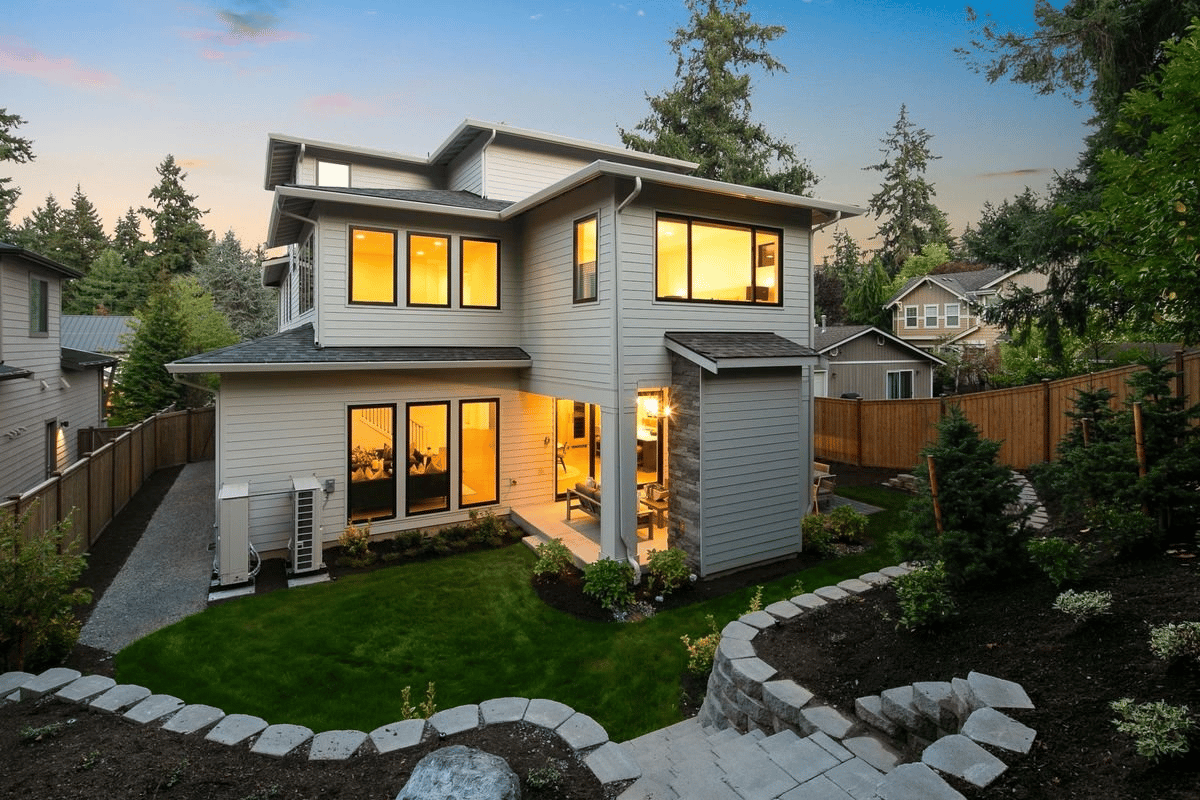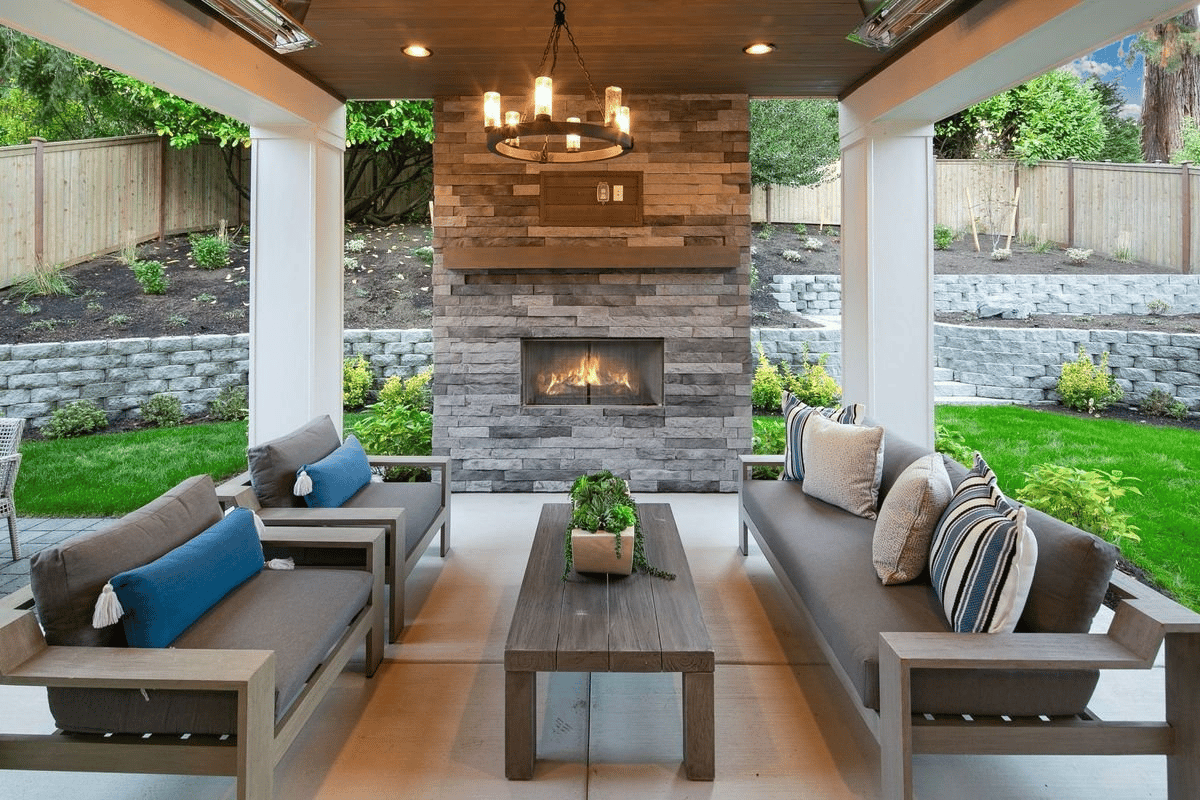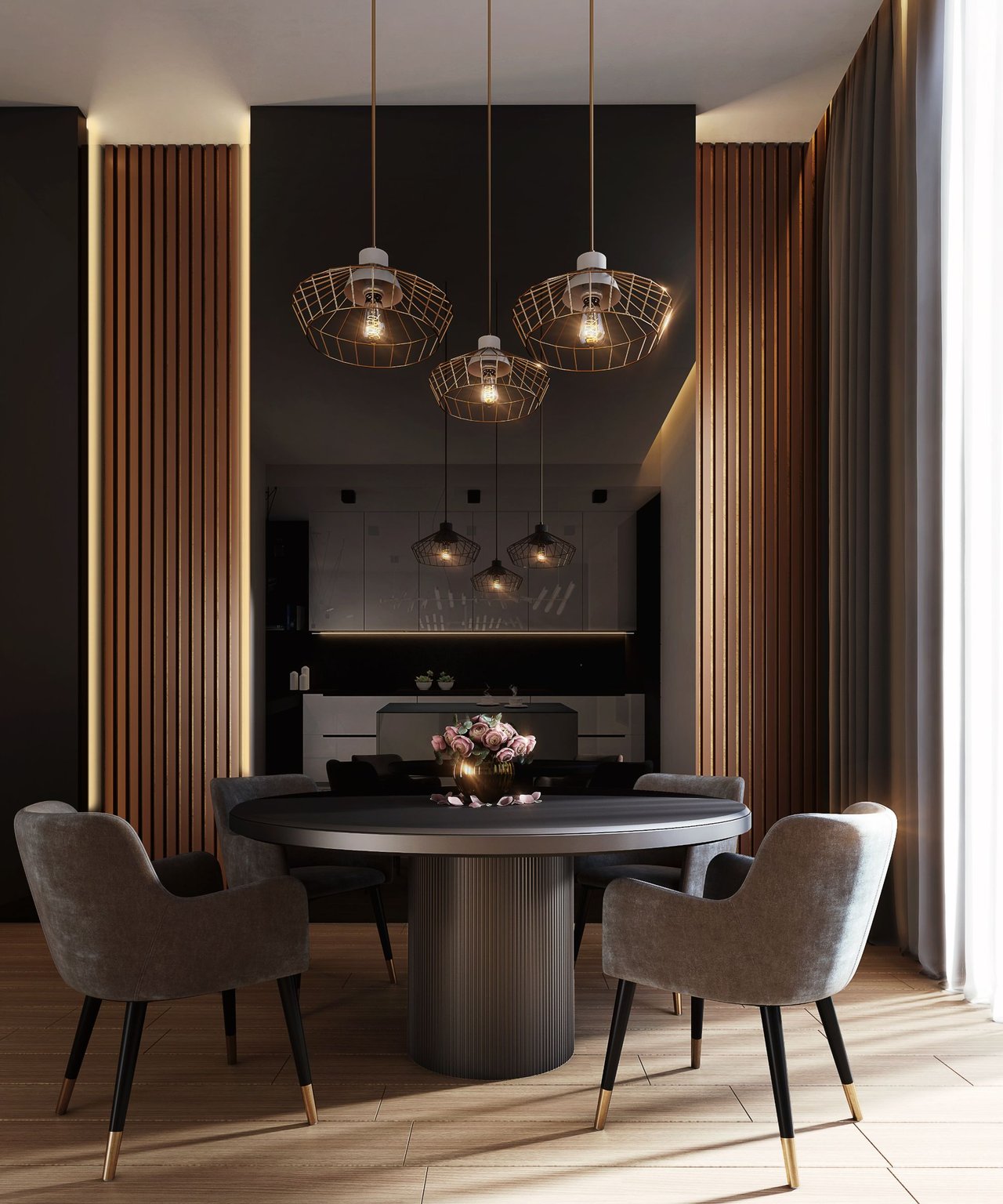Maintaining a home is an important responsibility no matter its value. However, when you’ve purchased a luxury home, one that has more square footage, acreage, or high-end features and finishes, the responsibility to preserve its value requires more attention and diligence. The same features that drew you to purchase the home in the first place can oftentimes be the exact same features that may mean more upkeep for you down the road. But fret not, taking care of your home shouldn’t be viewed as an impossible task, instead, it’s a privilege to be able to care for what can be seen as an extension of yourself. Read on for some helpful tips on how to best manage your luxury home.
1. Exterior Maintenance
Although we spend most of our time in our homes, to the rest of the world, the outside of the property is what is most often on display. Manicuring your lawn, making sure hedges and foliage are trimmed, and regularly inspecting any trees to check that they’re in good health will save you time down the road as unruly lawns can very quickly get out of hand and turn into a much more taxing chore than they need to be. Seasonal maintenance, like pruning in the winter or leaf blowing in the autumn, tidy up the exterior so that during months when everything is in full bloom, like late spring and summer, your garden will shine.
Whether your luxury home is made of brick, stucco, or wood, maintaining the integrity of the quality materials begins simply by ensuring that your exterior is free from debris, invasive plants, or weather-related issues like wood rot due to rain. Catching these issues early means less damage which means less costly measures down the line. Of course, if it’s been a while since your home has received a fresh paint job, having it professionally painted is a simple, surface way to give it a remarkable makeover.
2. Interior Maintenance
Caring for your high-end floors, whether they’re natural hardwood, marble, or custom carpet, begins with the straightforward task of keeping them clean. Do your research on what cleaning solutions and tools are best for your particular floor as many luxury floors require more care than other hardier, less expensive flooring options like vinyl or linoleum. Be mindful of spills or leaks that can cause water damage as fixing the problem can sometimes mean tearing out a larger section of your floor than you would expect, and if you’ve installed some type of custom flooring, it can oftentimes be hard to source replacements.
For high-traffic areas, rugs are your best friend. In hallways, in between rooms, in areas like the floor in front of the living room couch and around the kitchen island, rugs can protect floors that see way more foot traffic than the average area in your home, providing a protective barrier between your beautiful floors and shoes that can cause scuffs, scratches, and stains.
Many luxury homes boast smart-home systems and tech integration designed to make your life easier. However, it's up to you to make sure that all your systems and software are up to date so that they’re able to run smoothly. Be sure to check if updates are automatic or if/when it's required that you or a technician manually update your system. For high-end appliance brands, like Miele, Thermador, and Sub-Zero, kitchen appliances from these brands often boast
incredible features that will make cooking dinner, or even just whipping up a morning latte, much more enjoyable. However, because these appliances tend to have more features and complexities than the average appliance, understanding your warranty, what the manufacturer covers, and who you can call when something goes wrong is an important consideration before you make your purchase. Unless you have experience in fixing smart fridges or dishwashers, it's best to leave it to the pros.
When it comes to furniture, the good news is that high-quality furniture, like solid wood over wood laminate, is sturdier than other types of furniture. This means that if you take care of it, it should last not only years but perhaps generations. When taking care of upholstered furniture, identifying what type of material it is upholstered in is imperative in cleaning it correctly—for example, we all know what happens to suede when it gets wet. Regularly cleaning your furniture by vacuuming it, avoiding smoke, and spot-cleaning immediate spills should keep it in good shape.
3. Specialized Maintenance
Many luxury homes have incredible features, like pools, spas, and water fountains that also mean a little more work on the homeowner’s part to keep them running smoothly. Getting on a regular schedule—we recommend at least once a week for pool cleaning and maintenance during months when it's in use—will keep it clean and safe to swim in. Have the chemical balance checked and if the problem persists, make sure your filtration system is adequate.
If your home has a wine cellar, you’ll have to routinely check that the temperature (10°C to 14°C) and humidity levels (50 to 60 percent) are ideal for storing wine, so make sure your cooling system and humidifier or dehumidifier are working correctly. Installing racks enables you to store your bottles horizontally and away from heat and light.
4. Regular Inspections
Although we all know the importance of inspections when you decide to list your home, regular inspections even when you’re not listing your home are just as important when you own a luxury home. Preventative maintenance recommended by HVAC specialists, plumbers, electricians, etc. can save you significant time and stress and will enable you to catch problems early, like clogged drain lines in your HVAC system or circuit breaker issues. A knowledgeable professional should be able to inform you of steps to take to maintain the integrity of important household systems.
Owning a luxury home opens the door to an elevated way of living, with daily life enriched by features such as spas, pools, high-tech appliances, and integrated systems. However, it also means that there are more components to look after and keep in proper working order and good condition. Once you’ve established a good routine, these important maintenance tasks will quickly fall into place and seamlessly integrate into your day-to-day.
Please reach out for additional guidance on luxury home maintenance or to explore available luxury properties in your area.



